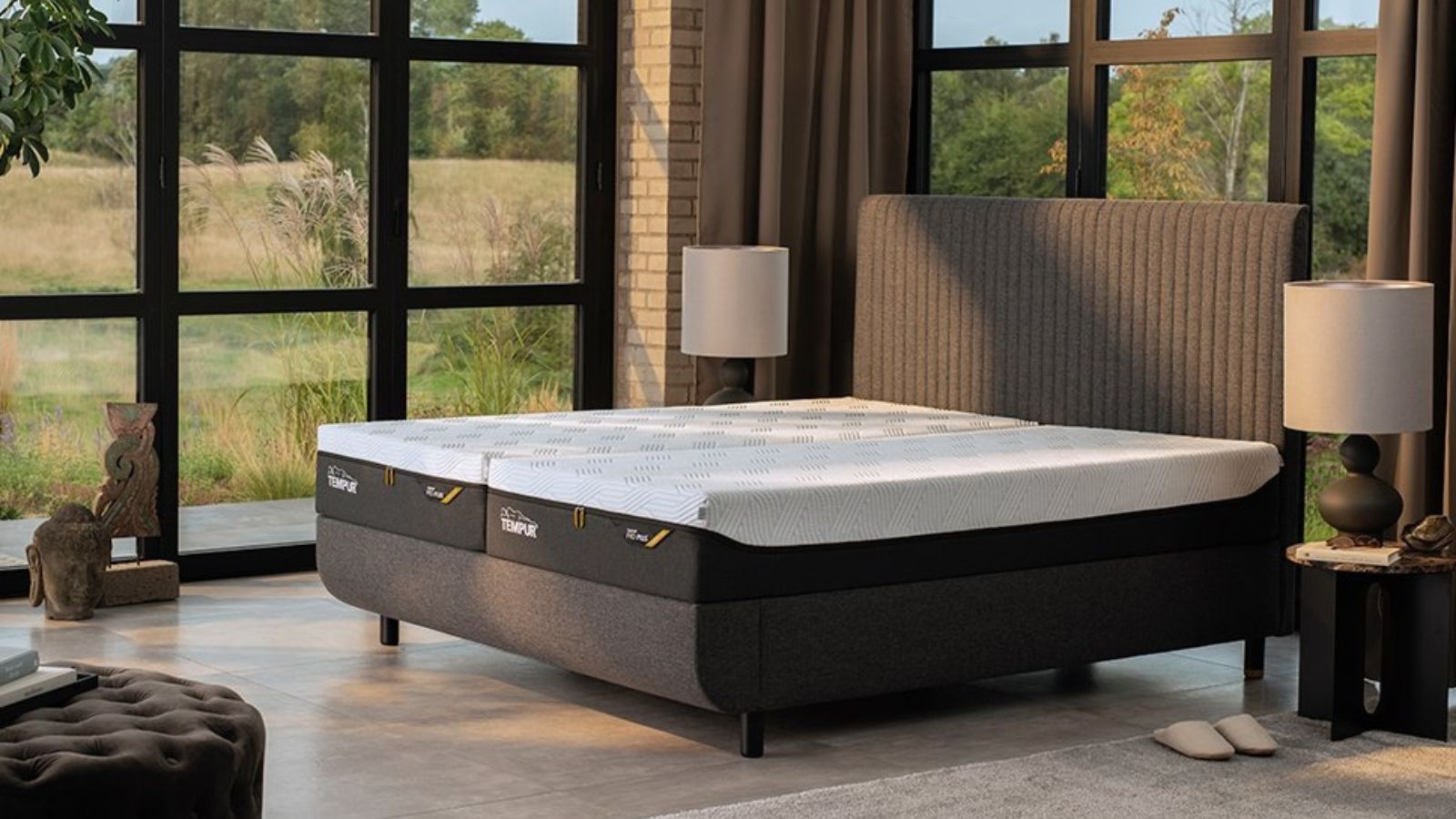
As I save up to buy a new bed, I'm considering the pros and cons of Queen vs Full mattresses. I'm working with a smaller bedroom, so a Full-sized mattress might help me to make better use of my space. With that said, I'm a sprawler, and I know I'd appreciate the extra inches you get from a Queen.
The differences between Queen vs Full mattresses are subtle yet significant. Which bed is best for you depends on a number of factors, from how much you toss and turn to how often you share a bed, as well as the size of your budget and bedroom.
As H&G's specialist sleep writer, I believe that the best mattress should suit your space and meet your sleep needs for a reasonable price. I know the difference that a few inches either way can make to your sleep experience. So, to help you make up your mind, I've outlined all the pros and cons of Queen vs Full mattresses.
Queen vs full mattress – pros + cons
I've spoken with in-house sleep experts to get their perspectives on Queen vs Full mattresses and work out which size would suit which sort of sleeper. Along the way, I've picked out a few of the best beds in each size to save you time and money.
What's the difference between queen vs full mattresses?
Before we begin, it always helps to define our terms. I'll go into more detail further down the page but, for now, I've summarized the key differences between Queen vs Full mattresses in a table.
According to our mattress size chart, a Queen mattress is five inches longer and six inches wider than a Full mattress. That's the general rule, though dimensions may vary from mattress to mattress.
If you're hoping to squeeze a bed into a particularly awkward space, then I'd encourage you to make your measurements in advance and scour the specifications of your dream mattress before you buy it.
One word of warning about US vs UK beds: the mattress sizing system is slightly different across the pond. In the US, a Queen mattress is bigger than a Full. By contrast, a UK Queen is only a small double (48 x 75 inches), while a UK Full or double bed measures 54 x 75 inches.
What are the pros of a Queen mattress?
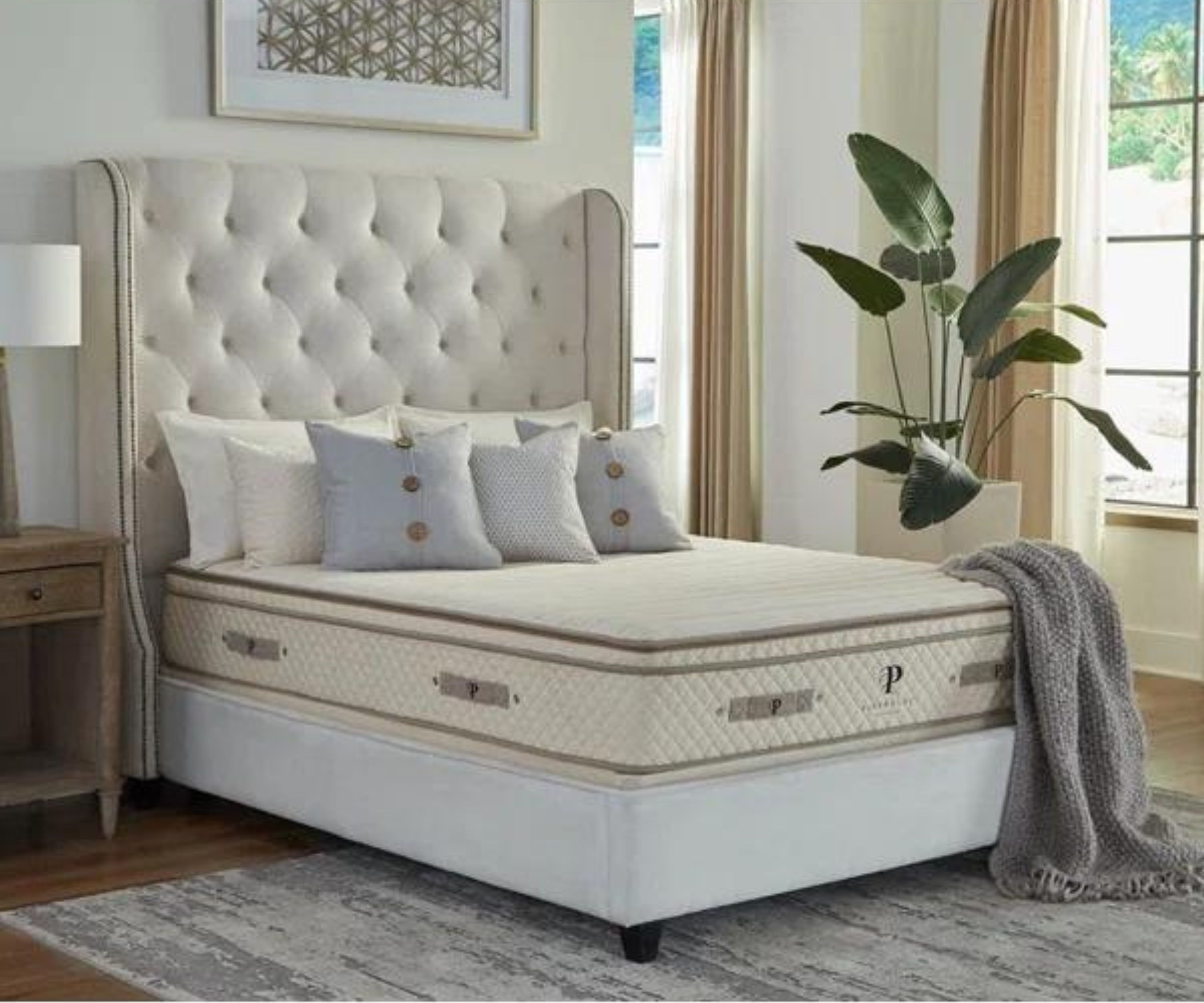
I asked Emma Mattress's Senior Team Lead for Sleep Research, Theresa Schnorbach, what she likes best about Queen mattresses. She says it's all about the extra space: 'Older sleepers, as well as those who suffer from joint or back pain, might require a larger mattress to get a better night's sleep.' A bigger bed makes it easier to get up in the morning and keeps you from feeling cramped at night.
According to Theresa, 'a Queen mattress offers ample room for couples, but it's also great for solo sleepers who like their space.' When I upgraded from a Full mattress to a Queen, I definitely felt that I'd grown up. I have more space to stretch in the morning and sprawl overnight. As a restless sleeper, I appreciate the extra room to toss and turn across the bed.
If you've got a bigger bedroom, it's also worth considering that a Queen mattress will make more of a statement than a Full mattress, simply because it takes up more space on the floor. For that reason, a Queen mattress might be a better fit for your main bedroom ideas.
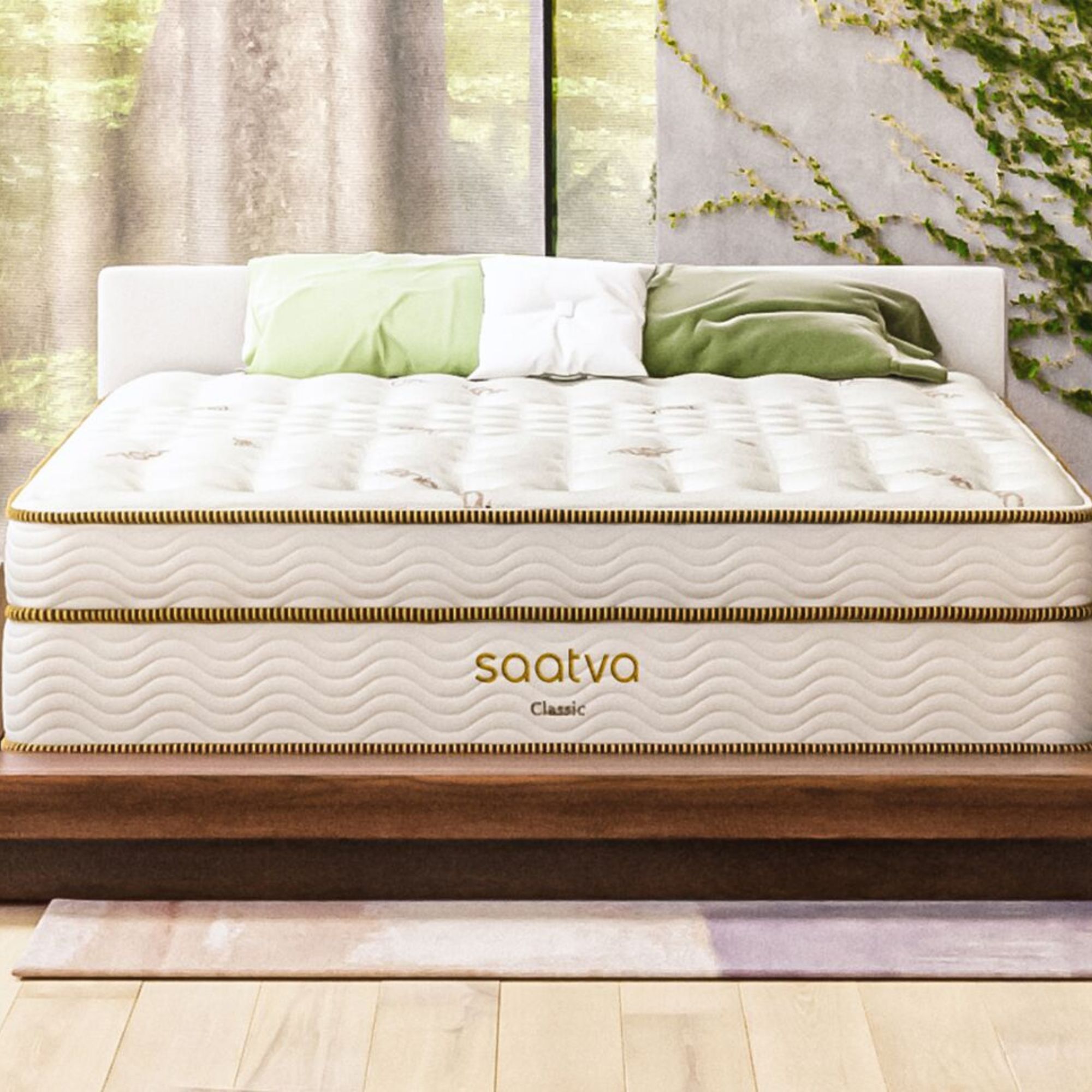
Out of all the beds we've ever tested, the Saatva Classic Mattress is the best. This luxury innerspring mattress offers the best balance of comfort and support, along with excellent motion isolation and outstanding edge support. The Saatva Classic Mattress comes in every size from Twin to California King, as well as Split options for couples who share a bed, but not a sleep style.
You can find more detail in our Saatva Classic Mattress review.

This memory foam mattress is made to minimize motion transfer, bear your weight and relieve some pressure from your body. Our expert tester, Casey, says that the Nectar Memory Foam Mattress is the only bed she's ever tried that eased the pain of her fibromyalgia. The Nectar Memory Foam Mattress comes in all the standard sizes, as well as a Split King option (which is just two Twin beds, pushed together).
You can find more detail in our Nectar Memory Foam Mattress review.
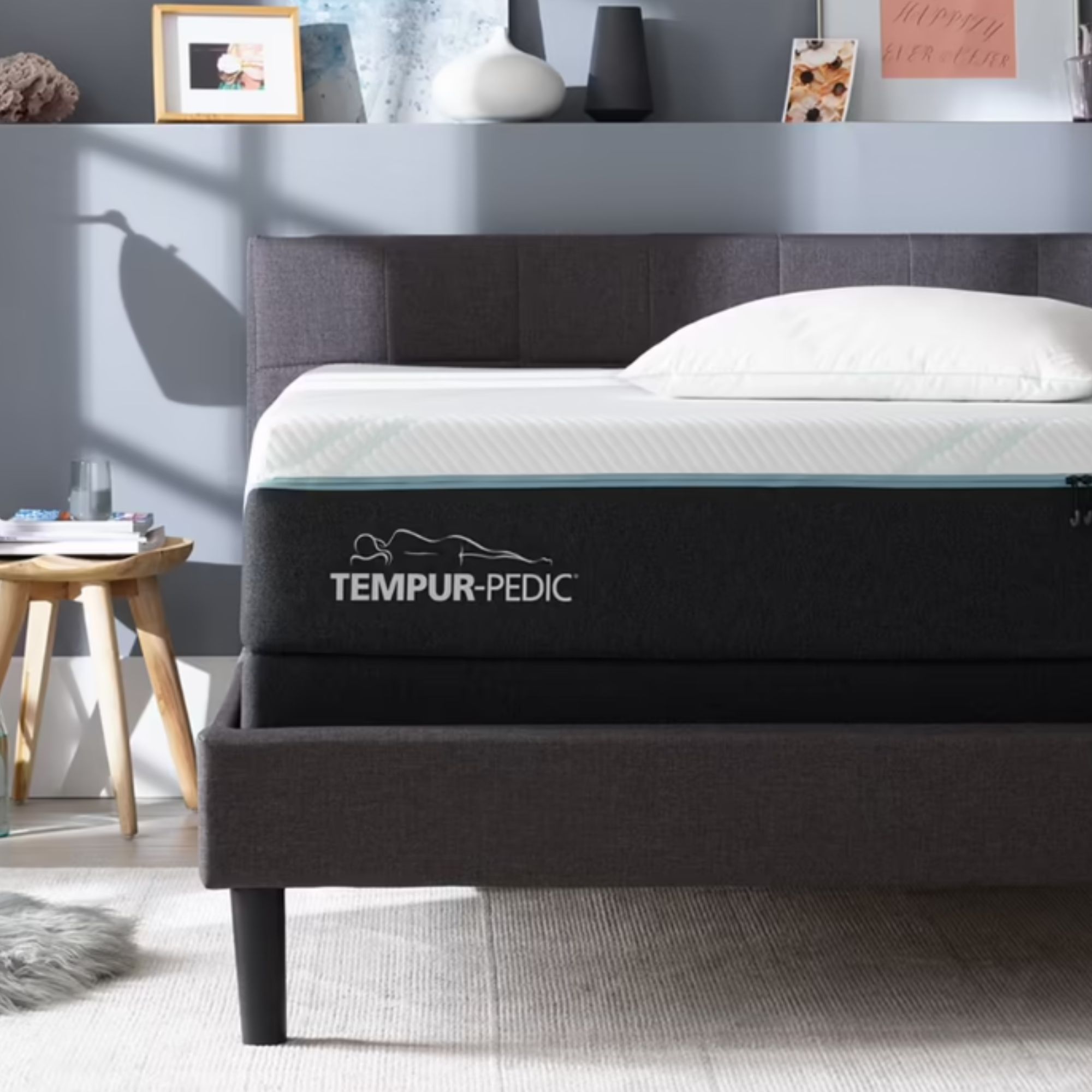
This hybrid mattress is a top contender for many of our 'best mattress' awards: it's cooling, comfortable, and supportive, with unparalleled motion isolation, and comes in all the standard sizes, plus a few splits. It's just a shame it's so expensive, though you could try to get the bed for less in the mattress sales.
You can find more detail in our Tempur-Pedic ProAdapt Mattress review.
What are the cons of a Queen mattress?
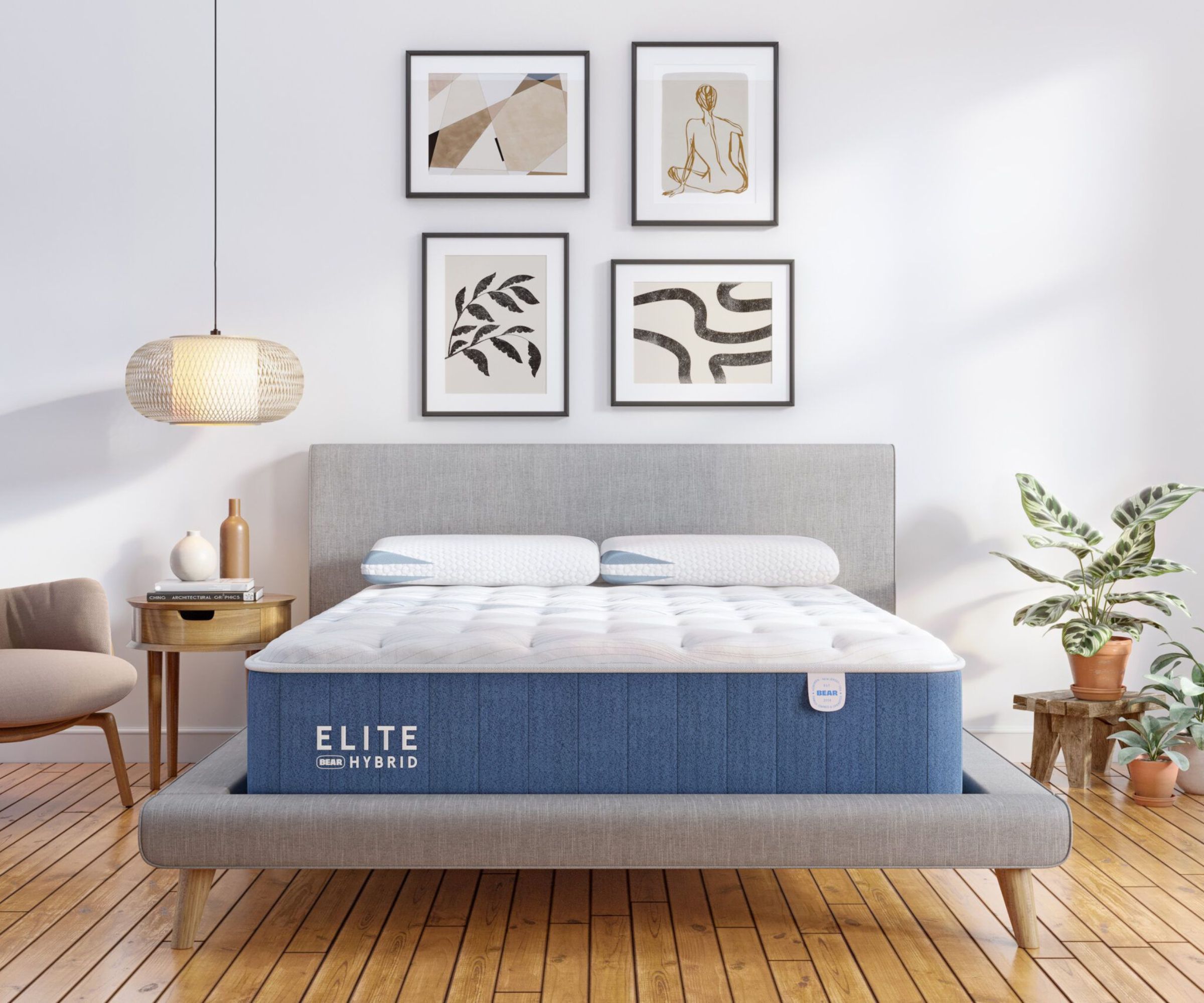
Perhaps it goes without saying, but it bears repeating that a Queen mattress is more expensive than a Full mattress. That's the price you pay for those extra inches of foam and springs. If you're working with a particularly tight budget, then I suggest you stick to the smaller sizes.
On a similar note, if you're looking for a bed for a smaller bedroom, than a Queen mattress might not be your best bet. A Full mattress, or even a Twin XL, would make better use of the space and leave more room for you to move around.
What are the pros of a Full mattress?
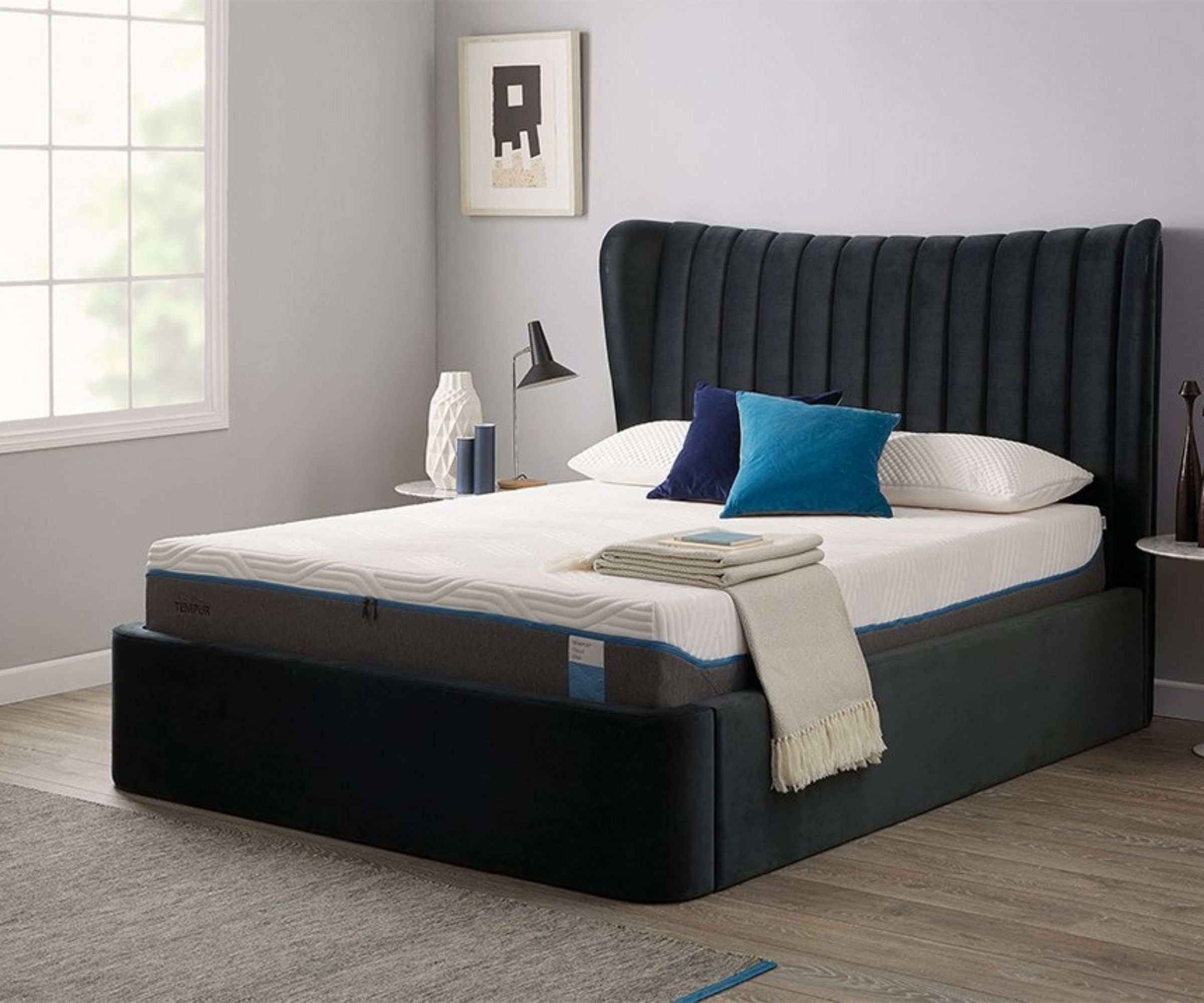
I asked Thomas Høegh Reisenhus, a sleep specialist at Tempur-Pedic, to explain which sorts of sleepers are best served by a Full mattress. Thomas immediately identified solo sleepers: 'While it might be a cozy fit for two, a Full mattress offers plenty of space for one person to stretch out.' Personally, I slept on a Full mattress for years and I never felt constricted by the smaller size of my bed.
'A Full mattress is also a great option for those with smaller bedrooms,' says Thomas. You'll have more space to position furniture and move around the room than you would if you dwarfed the space with a Queen mattress. I'd happily recommend a Full mattress for teenagers or young adults who have outgrown their old Twin beds but lack the space or the funds to accommodate a Queen mattress.
I scoured the sites of the best places to buy a mattress to bring you the best beds in a Full size. I've found an organic mattress for eco-conscious shoppers, a gel mattress to cool down hot sleepers, and a high-tech hybrid for enhanced support.

This latex mattress is made to measure. You can shop it in all the standard sizes, from Twin to California King, as well as Split King, Split Queen, and Split California King. Once you've selected your ideal size, you get to choose the firmness and the height of your dream mattress.
You can find more detail in our PlushBeds Botanical Bliss Organic Latex Mattress.
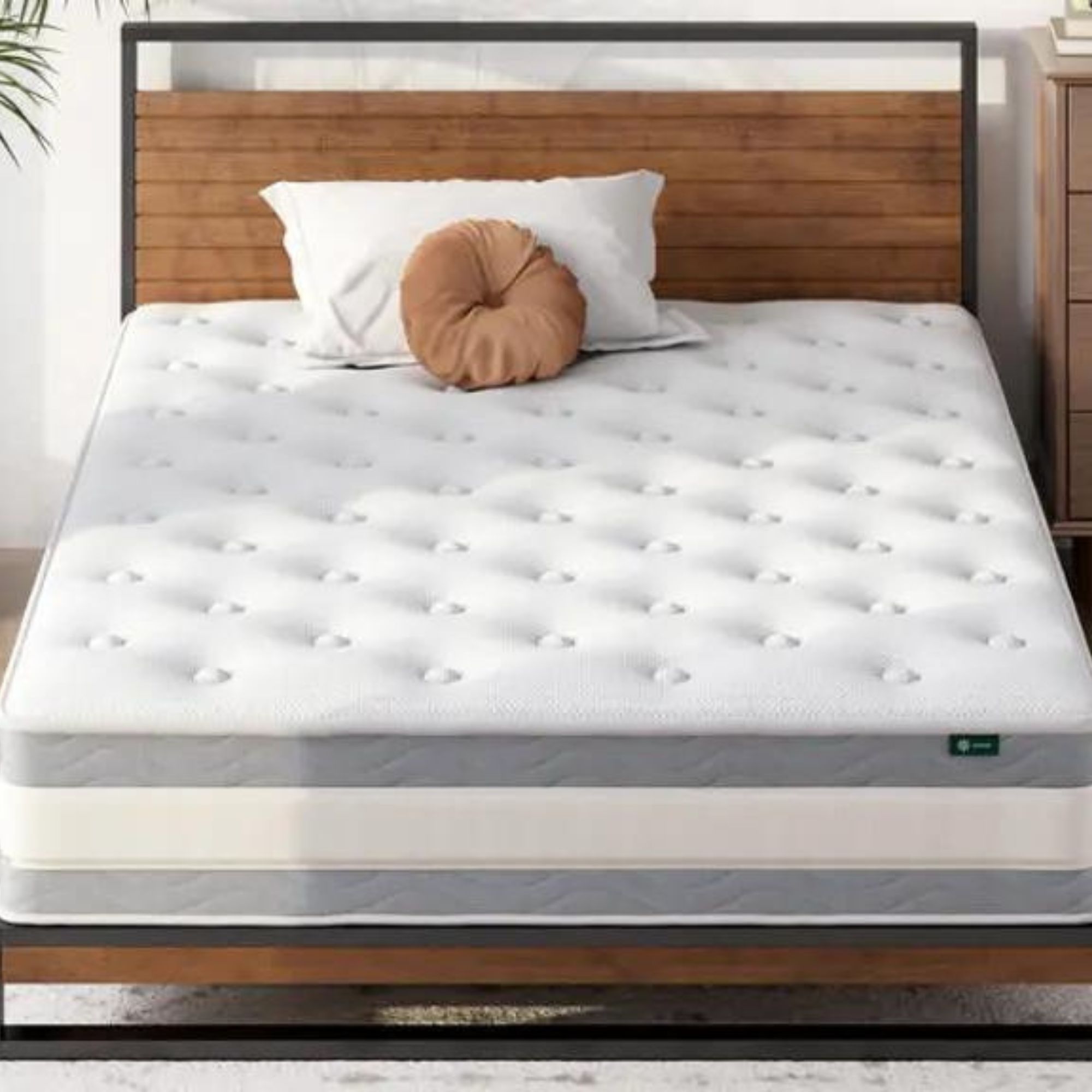
This gel mattress delivers the look and feel of memory foam without the heat retention. The Zinus Cooling Gel Mattress is infused with copper and green tea to dissipate heat, wick moisture, and block odors. Just bear in mind that it only comes in sizes Twin, Full, Queen, and King.
You can find more detail in our Zinus Cooling Green Tea Mattress review.
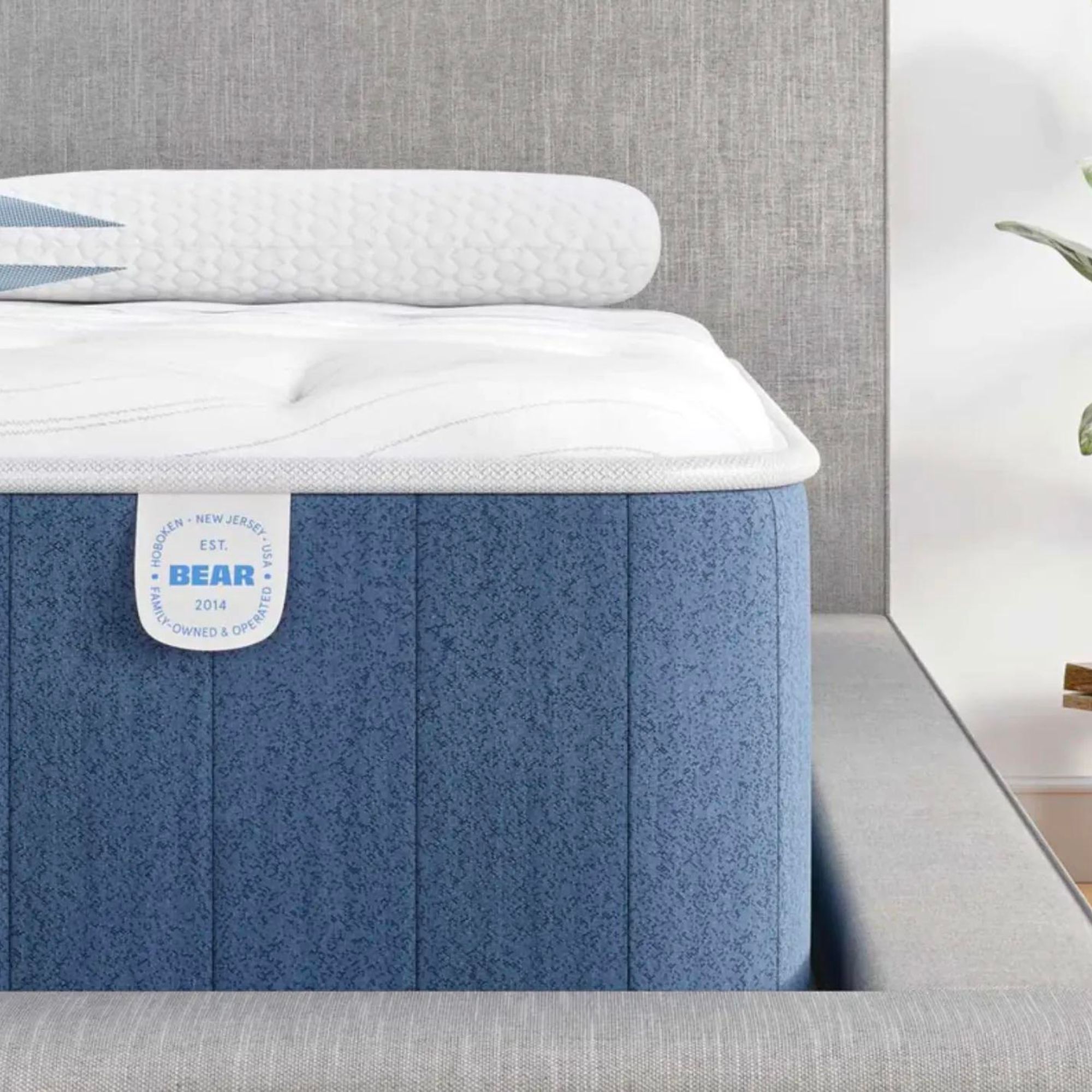
Good news for hot sleepers: this is one of the best cooling mattresses on the market, and it comes in every size from Twin to California King. The Bear Elite Hybrid Mattress incorporates phase change material to regulate your temperature and keep you just the right side of cool and dry, all night long.
You can find more detail in our Bear Elite Hybrid Mattress review.
What are the cons of a Full mattress?

A Full mattress isn't as spacious as a Queen bed. It won't make the most of the space in a master bedroom and it won't feel as comfortable for couples or taller, broader sleepers.
Final thoughts
If you're weighing up the pros and cons of different mattress sizes, then you're in luck: I've written similar features for Queen vs King and King vs California King mattresses to streamline your shopping experience.







